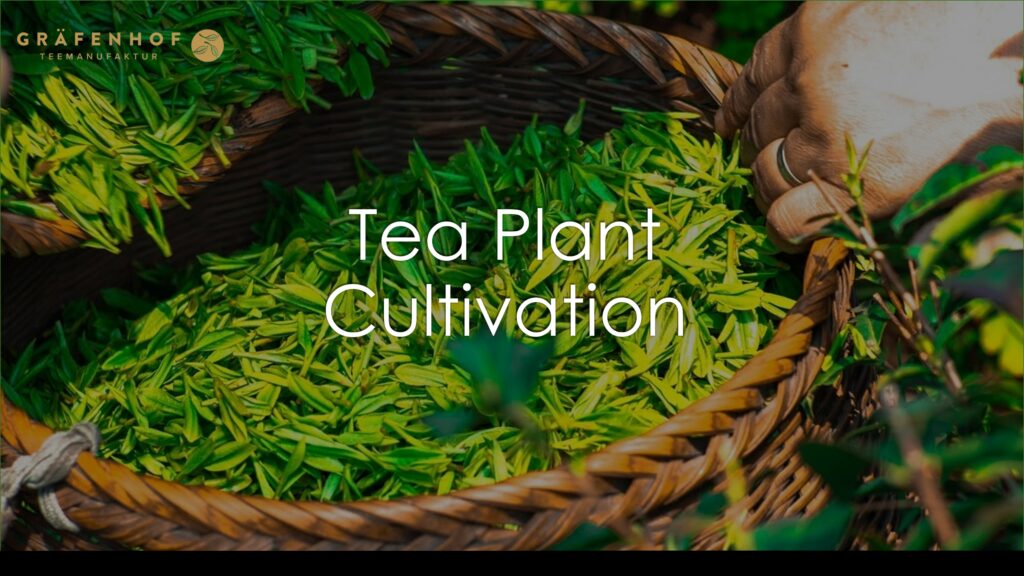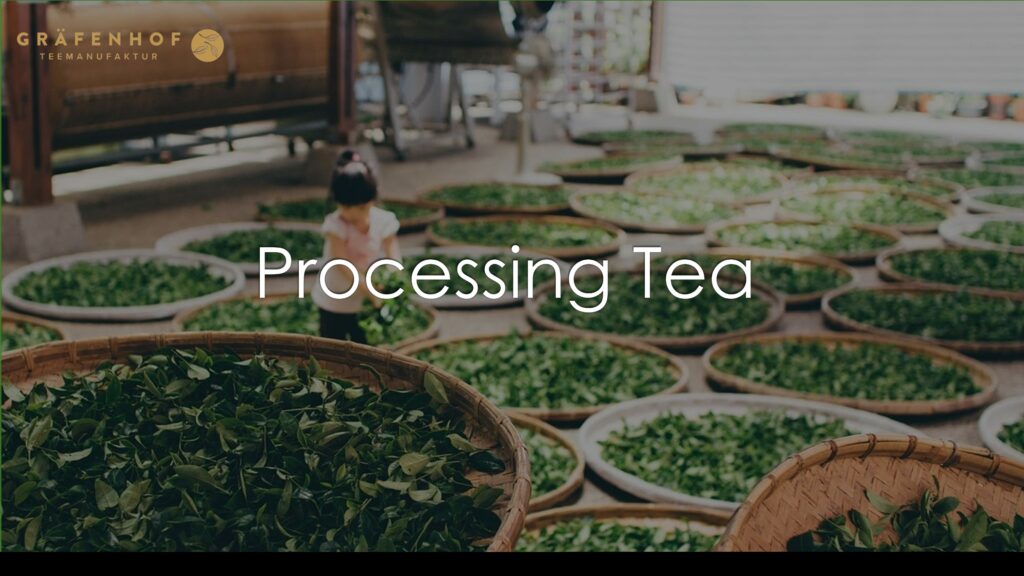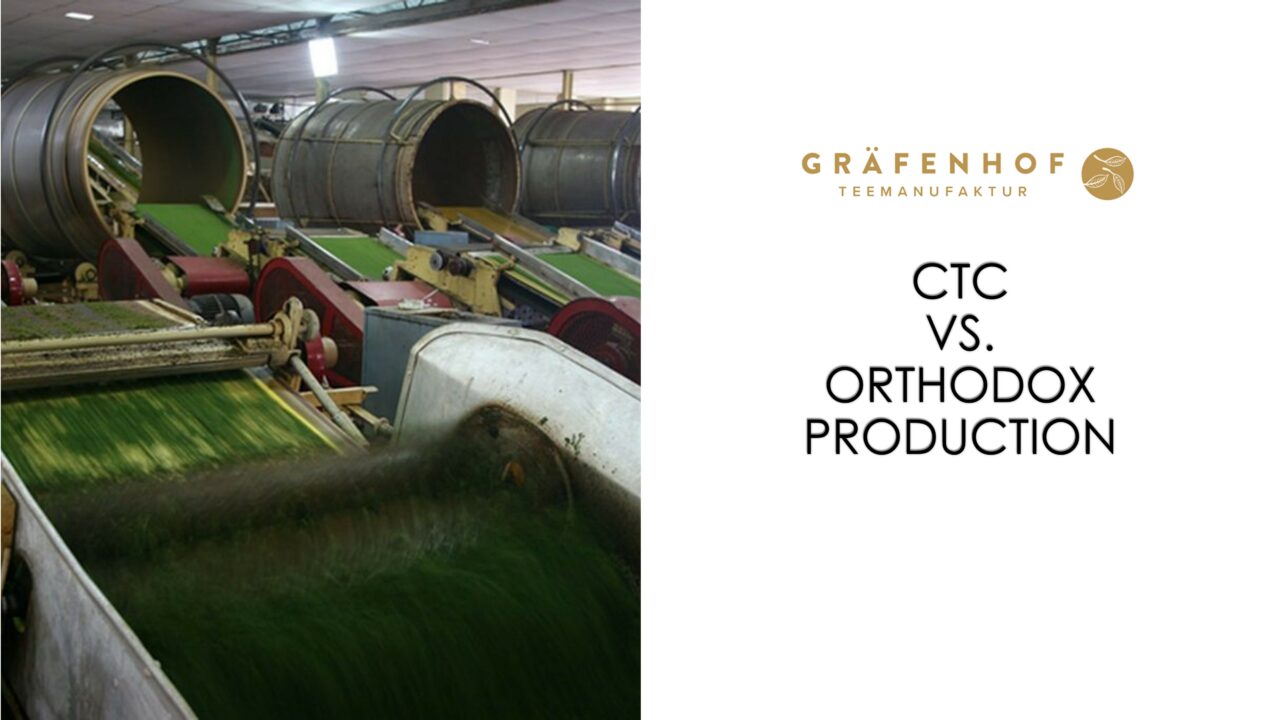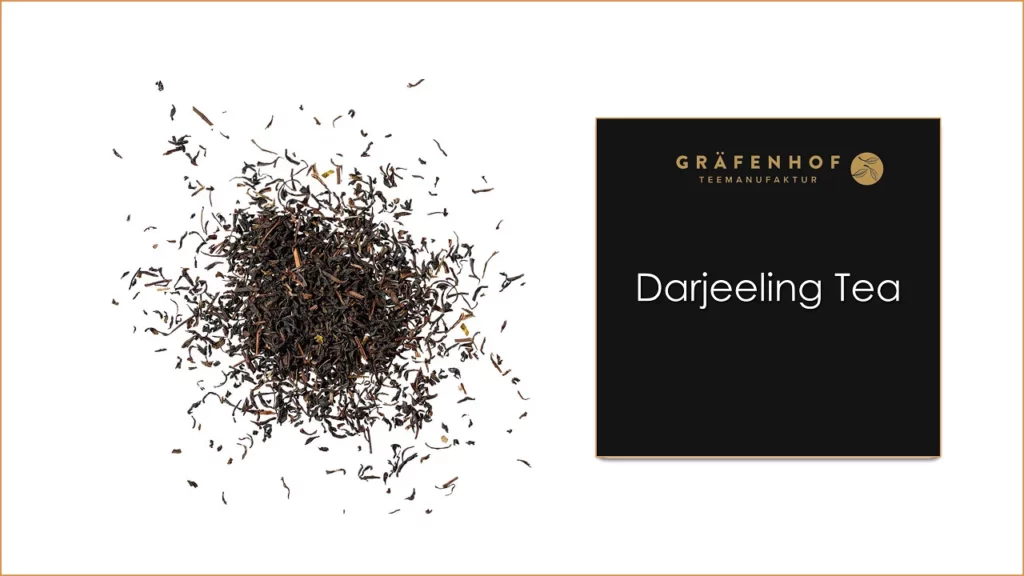TEA KNOWLEDGE
How Tea Is Made?
How Is Tea Made?
The Processing and Production of True Teas
Whether you’re enjoying a refreshing glass of iced tea or a cup of hot tea, the way the beverage is produced changes everything in terms of flavor and aroma. From harvesting to drying, tea leaves undergo changes that can make the difference between a mild, delicate white tea and a strong, bold black tea. The flavors and aromas you enjoy are not due to the different leaves or plants; rather, these unique tea characteristics are the result of the processing methods of the tea leaves themselves.
Tea has a fascinating history with proven health benefits, traditional ceremonial uses, and a manufacturing process that is a testament to craftsmanship and artistry. The flavor and aroma of tea leaves from tiny seeds are influenced by the growing area, sun exposure, and the watchful eye of legendary tea masters. Hand-picked and artfully processed in a multi-step process, the story of the tea leaves takes many different forms depending on which true tea variety you prefer.

What is Tea?
Tea is one of the most popular beverages in the world, second only to water. Featuring thousands of fresh, herbal, floral and spicy flavors and aromas, to choose from, tea caters to everyone. Tea offers many health benefits and is a great way to promote good health while enjoying a delicious beverage.
Tea from China has been used for centuries by ancient societies such as the Romans and Greeks, as well as in traditional medicine, including Ayurveda. Since the discovery of tea, it has been an important part of social life for the Chinese and Japanese, and is drunk as part of religious and cultural rituals. Tea found its way from Asia to the Western world in the 16th century, when it was discovered by traveling Portuguese priests and merchants. It was not until the 17th century, during British colonial rule, that tea became popular in Britain and part of social life.
True Teas
The aromatic fragrance and different flavors of tea stem from the leaf manufacturing process. Teas deriving from the camellia Sinensis such as green tea, white tea, oolong tea, black tea and pu-erh tea are called True Teas. Infusions or herbal teas are made from various spices and flower parts, including unopened buds and stems. Herbal teas are made and classified differently than true teas because they do not contain tea leaves from the tea plant.
How is Tea Made?
We’ve broken down the process from harvesting to manufacturing so you understand how the tea leaves get from the green hills to the hot cup. For the sake of simplicity and accuracy, this guide focuses on two methods of brewing real tea. Read on to learn how tea is made and how the leaves of the same plant transform into incredibly different flavors and aromas.
Cultivation of Tea Plants
The first stage of tea production is the cultivation of the tea plant. The Camellia sinensis plant is an evergreen bush that thrives in tropical and subtropical climates. This plant prefers acidic soil and a significant amount of rainfall for the best growing conditions. Grown as far north as England and as far south as New Zealand, the tea plant is cultivated all across the world. Tea plants grown at higher altitudes tend to have a more potent flavor.
In general, it takes about three years before a tea plant produces leaves suitable for tea making. Tea plants are categorized into three different groups based on their size (1). Assam leaves are the largest, followed by Cambodian, which are medium sized and China type leaves, which are the smallest. While the tea plant can grow up to 50 feet tall, most plants for tea harvesting are kept to waist height in order to make it easier to pluck the young, fresh leaves at the top of the plant. Shorter plants also tend to produce more shoots and leaves, thus increasing production capacity.

Harvest of Tea Leaves
Tea leaves are harvested from the tea plant and then transported to a nearby tea factory for production. During the harvest, leaves are only plucked from the top one to two inches of the tea plant. Known as flushes, these tea leaves are produced every 7 to 15 days during harvest season (1).
Tea leaves are generally hand-plucked from the tea garden or tea plantation and placed into large wicker baskets. Once a basket is full, it is brought to a tea master where leaves are inspected and weighed to ensure quality. Broken leaves are typically discarded as are ones that shown signs of sun or water damage. For every 100 kilograms of fresh tea leaves, only about 25 kilograms are sent on to the next tea production step (2).
During the Harvest and sorting stage, tea leaves are examined based on size, type and appearance. In many countries, tea leaves are classified based on the region in which they were cultivated as well as the methods used for harvesting. Each individual tea leaf is also inspected and sorted into white, green, black, pu-erh and oolong categories for the next processing step.
Processing the Tea Leaves
As mentioned, all true teas are derived using the same leaves—the difference in color, aroma and flavor arises from the ways in which they are processed following harvest. Leaves can be withered, dried, oxidized, fired and shaped depending on the desired tea type. For example, leaves for green and white teas are not oxidized at all—leaves are simply dried in the sun, pan-fired or steamed and then shaped into pellets or small twigs. Green tea leaves can also be ground to create matcha green tea powder.
On the other hand, robust, darker teas such as oolong tea and black tea are created through an oxidation process. During this stage, leaves are withered and rolled in order to encourage enzymes within the leaves to react with oxygen. This process results in darker tea leaves and more potent flavors than those characterized by delicate true teas such as green tea and white tea. The oxidation process is comprised of two methods, the orthodox method, which is most common and the CTC method.

Orthodox Method
For the orthodox method, tea leaves are subjected to a 4-step process that includes withering, rolling, oxidation and drying. During the production, each step helps to produce the flavor profiles associated with darker true teas.
Withering
Tea leaves are transported from the fields to the tea factory within hours after plucking and sorting. Leaves destined to become black or oolong teas are withered in order to reduce moisture content so that leaves can be rolled without flaking. Harvested tea leaves typically have a high water content—around 75%—which is reduced to about 45% for rolling and oxidation. The water content is removed by laying leaves on a flat mesh surface or a bamboo tray. During the drying process, the leaves are subjected to cool air, for anywhere from 8 to 18 hours.
Rolling
Once the leaves are withered, they are rolled in order to promote oxidation. In traditional production methods, leaves are hand rolled although in modern times, many manufacturers use rolling machines to expedite the process. As the withered leaves are rolled, internal cell structures are broken down, releasing essential oils that react with oxygen to develop flavor and aroma.
Oxidation
After the leaves are rolled, they undergo a process of oxidation, also known as fermentation, which determines the strength and flavor of tea. The interaction between enzymes and oxygen breaks down chlorophyll and releases tannins, which causes leaves to turn darker. The process of oxidation is controlled by tea producers who maintain a warm, moist environment.
Temperatures are kept between 80 to 85 F and the length of the oxidation process leads to the different types of true tea. As mentioned, non-oxidized teas such as green tea and white tea maintain a green color and vegetal flavor. Semi-oxidized tea, which are teas that are oxidized only for a short period of time such as oolong tea, are generally light brown or yellow in color and offer a more mild flavor. Fully oxidized teas such as black tea are reddish brown in color and offer bold, robust flavors.
Drying
To stop the oxidation process, tea leaves are subjected to methods of drying. Depending on tradition and tea producer preference, tea leaves can be dried by pan-firing, sun drying or baking. The leaves are subjected to hot temperatures over 100 F to stop the oxidation process and reduce the moisture content to just 2-3%.
CTC Method
Known as the crush-tear-curl method, the CTC production process results in shredded tea leaves and granular pellets. CTC tea leaves undergo the same withering, oxidation and drying methods as orthodox teas. The main difference between the orthodox and CTC method occurs during the rolling stage. During CTC production, tea leaves are rolled in machines that contain hundreds or small, sharp teeth. These sharp points break down the tea leaves into smaller pieces, which are generally used for teas in tea bags.

Production Variations for White, Green and Pu-erh Tea
These production steps are typical for leaves that are to become black or oolong teas. For different teas such as white tea and green tea, a few steps of the production process are eliminated. White teas are made entirely by hand, without any machines and undergo only on stage of the production process—drying. Considered the least processed of the true teas and referred to as an organic tea, these leaves are hand rolled and naturally dried in sunlight.
Green tea is also not oxidized, but still undergoes several steps of the production process. Instead of withering, green tea leaves are immediately dried after harvest through pan firing or steaming. The leaves are then rolled and dried again in a process that can occur several times over before being shaped and styled.
Pu-erh tea is considered a post-fermented tea that is similar in production to fine wines. Pu-erh teas are allowed to oxidize for years, with the best tasting teas generally being the ones that are aged the longest. Raw pu-erh teas can be aged for 50 years while ripened pu-erh teas can be aged for 10 to 15 years.



Enjoy Knowing Where Your Tea Came From
Next time you enjoy a cup of tea, relish knowing exactly how the flavors you’re sipping came to be thanks to centuries old production processes practiced around the globe. Whether you like loose tea or tea bags, black tea or white tea, tea is best enjoyed when you understand the effort and finesse put into creating each delectable cup. Tea drinking is a replete with nuances—little minute details that make all the difference when it comes to producing and enjoying the varying flavor profiles of true teas. Pour yourself a cup and cheers to centuries of tea production and thousands of flavors.

Tea Varieties
What is Oolong Tea?
What is Chai?
CONTACT
Do you have any questions, requests or suggestions? We would be pleased to hear from you!
CONTACT :
[email protected]
+49 (0) 4167 238 930
Mo.- Th. 8:00-17:00 Hrs.
Fr. 8:00-14:00 Hrs.
ADRESS
Gräfenhof Tee GmbH
Zum Fruchthof 6
21614 Buxtehude
